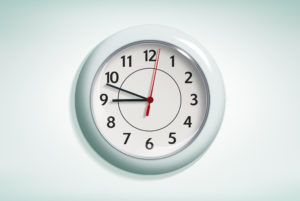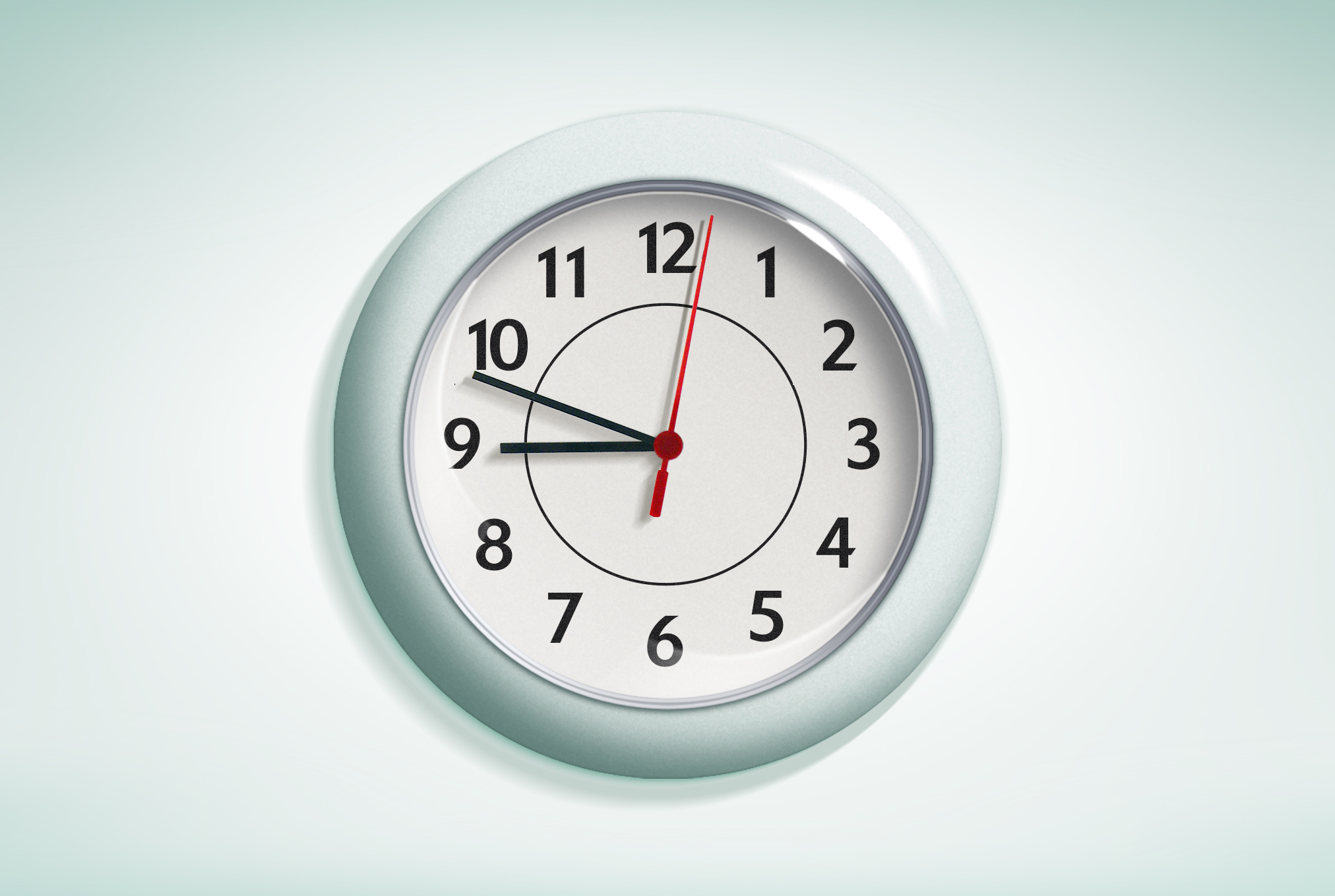 When I tell people I have been working from home for almost 15 years, I get a lot of questions. Don’t you get lonely? How do you have the discipline? Don’t you get distracted by laundry and house cleaning? Do you wear your pajamas all day? One frequent question I get that surprises me is how do you track your time at work, especially when you have more than one client you must bill.
When I tell people I have been working from home for almost 15 years, I get a lot of questions. Don’t you get lonely? How do you have the discipline? Don’t you get distracted by laundry and house cleaning? Do you wear your pajamas all day? One frequent question I get that surprises me is how do you track your time at work, especially when you have more than one client you must bill.
I know that there are some great software applications out there:
- SwipeClock
- TSheets
- Replicon
- Mavenlink
- Clockwise
- Clockshark
- and many, many others.
I have tried several and many have some excellent features. Prices vary. We’ll look more closely at these later on. For now, though, I want to talk about a work strategy that makes tracking time – and discipline for working at home – a lot easier. Personally, I use a simple Excel spreadsheet to track start and stop time for each project or client. I like the simplicity. It doesn’t really matter which too you use.
Accuracy
First let’s talk about accuracy. I have been on the other end of paying someone’s billable hourly rate. I expected that when I received an invoice for 50 hours at $60/hour, I actually got $3000 worth of high quality work. I expected that I didn’t pay for chit chat, bathroom breaks, laundry (from workers who worked at home), coffee breaks, non-related phone calls, work on someone else’s project, etc. When you break it down, $60/hour is $1/minute. Expanded to a full-time salary, that’s $120,000/year. Of course that is without benefits, if contracted labor, but still – not too bad of a salary even if you do subtract cost of benefits.
When I became a contractor myself, I transferred that attitude of accuracy in billing. I remember what it was like to really wonder what I was paying for and made the decision from the start to be as accurate as possible in my time tracking. My clients would only pay for the minutes I worked. It’s been 15 years and I am still diligent in this area. I think my clients know and appreciate this – and they seem to always come back for more of my time. They don’t even balk when I raise my rates every now and then. It comes down to honesty and diligence in tracking.
My Strategy?
My basic strategy starts with breaking my work time into full hours, or sometimes half hours.
STEP 1: I start a segment of work for one client at the top of the hour or at the half hour. This makes it easy to track the time. I can commit to one or two hours of fully devoted attention to that client’s project. I don’t look up. I turn off my email. I don’t answer the phone (unless it is that client). I don’t do anything else until my hour (or two) is up.
STEP 2: When the designated time is up, I then note it on a simple Excel spreadsheet that is all set up to do the calculations for me. I use a separate tab for each client and invoice date range to make it easy to create an invoice. I include:
- The date
- My start time (time in) and end time (time out)
- Details about the specific work I completed
- The total hours for the time segment
- The dollar amount (time X billable rate).
STEP 3: I add any work related expenses to a separate part of that timesheet as well as any notes I might have.
The tool you use to do the tracking isn’t important. There are lots of great tools out there. Many will connect to your billing software and automatically spit out an invoice. That’s great! The point is, however, how you break up your time to be tracked. I found that if I didn’t actually “make an appointment” to work on a specific project for a specific client at a specific time, I would get scattered. And being scattered made tracking accurate time per client just about impossible.
I also find that I have to wait sometimes until the top of the hour or the half hour when my “client work appointment” is to start. This is when I throw in a load of laundry, get a cup of coffee, make some personal calls, walk the dog, etc. I get a ton of personal work and client work done! I find it amazing how fast I can vacuum the living room when I only have 7 minutes until my client work appointment starts!
The Result?
Honesty and Efficiency! This strategy has become a habit. It is efficient and focused. I find that I can get a lot more work done in a focused hour (or two) AND I can get the things done at home without even noticing by using those few minutes before my “client work appointment”. I feel confident when I invoice my clients that they are getting every minute of the dollars they are paying me. And, that is an important feeling.
What Do You Think?
This strategy works for me. What about you? What time efficiency strategy do you use to ensure that you give each client the minutes they pay for? We’d love to hear other strategies that work!
